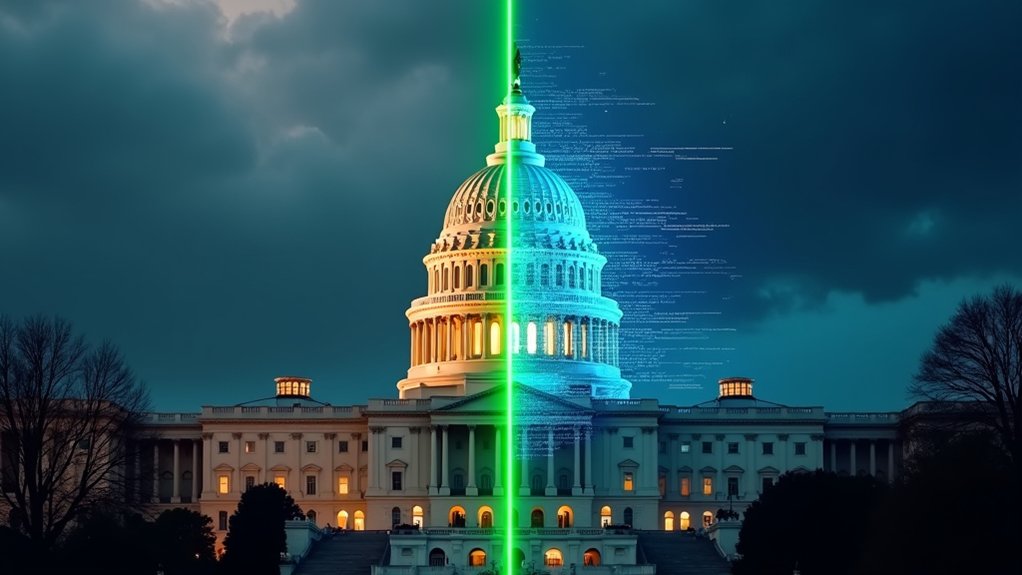While the Kremlin has been enthusiastically promoting its digital ruble as a financial revolution, reality has other plans. The Central Bank of Russia has quietly shelved its July 1, 2025, launch target, pushing the full-scale implementation into an uncertain future. Turns out, creating a digital currency isn’t as simple as waving a propaganda wand.
The pilot program involved 15 banks, 30 companies, and 1,700 individuals. Impressive numbers on paper. But clearly not enough. The central bank is still scrambling to find an “economically viable model” that won’t make customers run for the hills.
Banks aren’t exactly jumping with joy either. They’re facing massive IT infrastructure overhauls, security concerns, and regulatory black holes. Who’s paying for all this? Not the Kremlin, that’s for sure. No wonder financial institutions are dragging their feet.
Meanwhile, average Russians remain skeptical. New state-driven financial systems? Yeah, because those always work out great. The digital ruble feels more like an imposition than innovation to many citizens. Moscow’s limited awareness campaigns haven’t helped ease fears about usability or safety. The widespread public skepticism toward government-controlled digital currencies remains a significant barrier to adoption.
Legislators aren’t reading the room. A bill in the State Duma would force systemically important banks to adopt the digital ruble by mid-2025 and all banks by 2027. Good luck with that timeline now.
There’s geopolitical strategy at play, of course. Russia desperately wants to dodge Western sanctions by creating SWIFT alternatives. A digital ruble could facilitate cross-border payments with allies like China without Western oversight. Central Bank Governor Elvira Nabiullina addressed these delays during a recent banking association meeting without providing a revised timeline.
Unlike cryptocurrencies, the digital ruble won’t earn interest or be used for lending. It’s designed to coexist with cash and electronic payments—just another option in Russia’s financial ecosystem.
But with adoption costs hitting banks and businesses hard, many wonder if it’s worth the trouble. Industry experts suggest a one to two-year delay might actually help. Sometimes even the mighty Russian financial system needs to admit when it’s bitten off more than it can chew.





